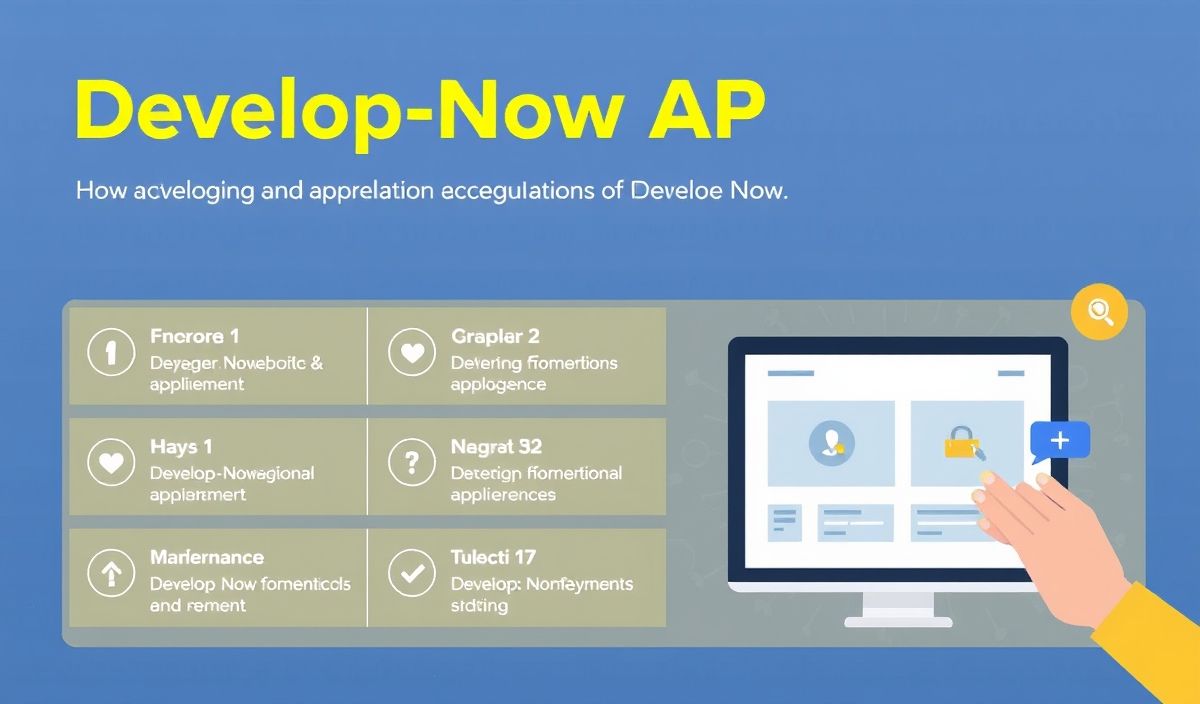Introduction to Python Entities
Entities in Python provide a way to group and define objects and their relationships. Using entities can greatly improve code organization, reusability, and scalability. In this article, we’ll explore various APIs to manipulate and manage entities using Python, complete with code snippets and an example application.
Creating Entities
To create an entity, you can define a class representing the entity:
class Person:
def __init__(self, name, age):
self.name = name
self.age = age
john = Person("John Doe", 30)
Updating Entities
You may need to update the attributes of an entity:
john.age = 31
Deleting Entities
Deleting an entity is as simple as removing the instance:
del john
Working with Entity Collections
Entities can be managed within collections such as lists or dictionaries:
all_persons = []
all_persons.append(Person("Jane Doe", 25))
Relational Mapping
Sometimes, entities have relationships like one-to-many or many-to-many:
class Order:
def __init__(self, id, product):
self.id = id
self.product = product
class Customer:
def __init__(self, name):
self.name = name
self.orders = []
def add_order(self, order):
self.orders.append(order)
customer = Customer("Alice")
order1 = Order(1, "Laptop")
customer.add_order(order1)
API Example: Flask Application with Entity Management
Let’s develop a simple Flask application for managing entities (customers and orders).
from flask import Flask, jsonify, request
app = Flask(__name__)
customers = []
@app.route('/customer', methods=['POST'])
def add_customer():
data = request.get_json()
new_customer = {"name": data['name'], "orders": []}
customers.append(new_customer)
return jsonify(new_customer), 201
@app.route('/customer/<name>/order', methods=['POST'])
def add_order(name):
data = request.get_json()
for customer in customers:
if customer['name'] == name:
new_order = {"id": data['id'], "product": data['product']}
customer['orders'].append(new_order)
return jsonify(new_order), 201
return jsonify({"error": "Customer not found"}), 404
if __name__ == '__main__':
app.run(debug=True)
In this example, we implemented basic endpoints to add customers and orders to the system. The Flask REST API allows easy manipulation of entities.
Conclusion
Understanding Python entities and how to manipulate them using various APIs is crucial for modern development. With organized entities, you can design better and more maintainable applications.




